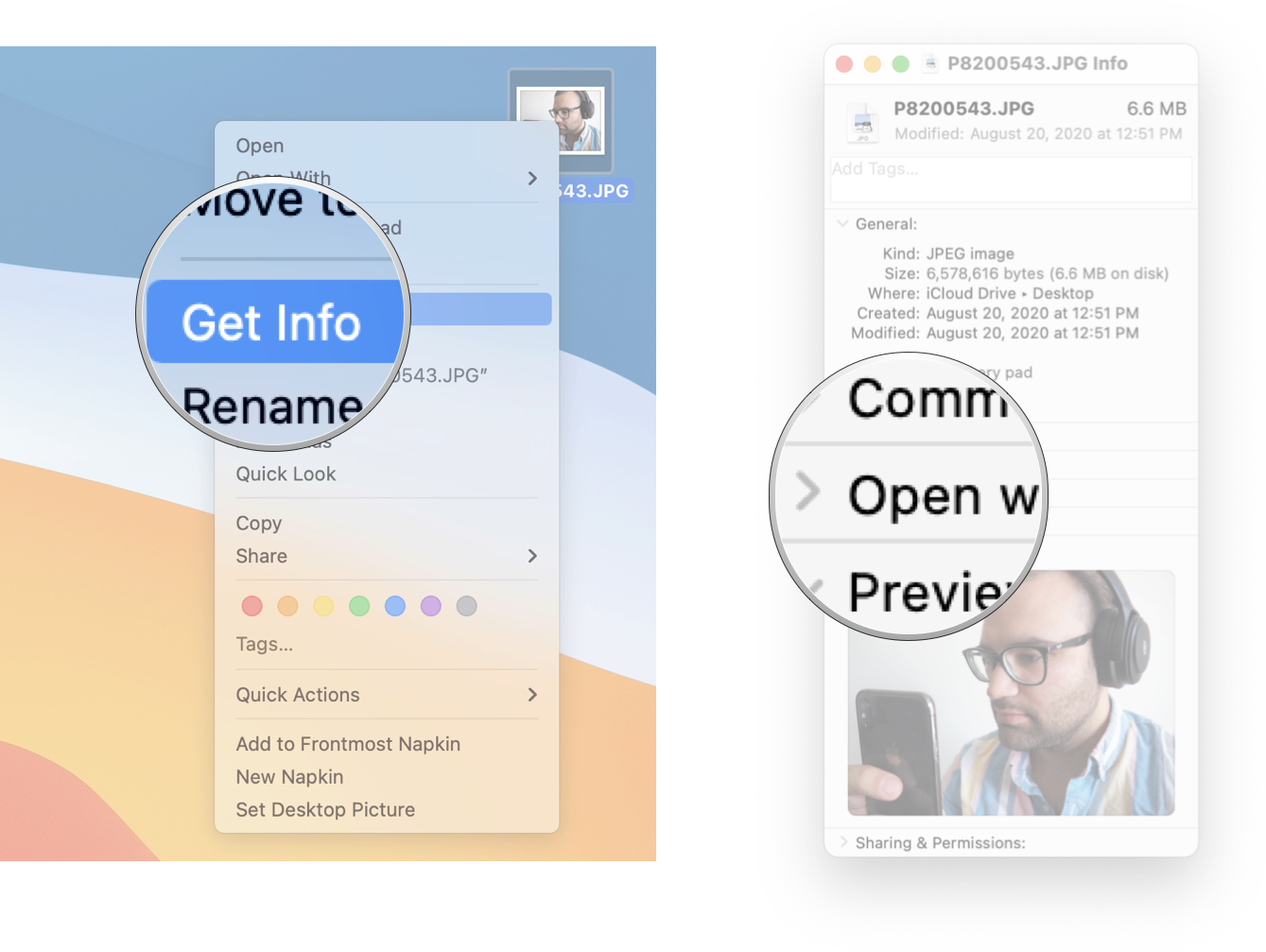
#Change default app for .csv to excel mac how to#
You can also see the following support pages for guidance on how to format the headers, depending on the feature you are using: Qualtrics will often provide example files right inside the product when you open the importer, which can be used as a reference for importing data. The headers of the file are correctly formatted.If the file’s a CSV, it is UTF-8 encoded.The file is CSV or TSV, not XLS or any other Excel format.Remember, when importing data to any part of Qualtrics, make sure you are following the standard formatting. Qtip: If you make any changes to the CSV file on your computer before uploading, be sure to go through the steps again in order to upload the edited file. Change the Delimiter to Tab (for TSV files) or Semicolon (for CSV files that are delimited using the symbol), as required.Change the Delimiter to Tab (for TSV files) or Comma (for CSV files that are delimited using the, symbol), as required.Ĭhanging Delimiters When Importing Contacts.However, you can follow these steps if you are still having upload issues. When importing data, Qualtrics generally picks a delimiter based on your data file’s format. We resolve this issue by changing the delimiter to “Comma.” Now notice how John Doe’s information is separated into different fields instead of being bunched together. Notice how all of the information about John Doe is running together, separated only by commas.

When dealing with an incorrect delimiter, the delimiter setting must be changed.Įxample: Below is a possible error message that might occur when importing a contact list with an incorrect delimiter. When the importer does not recognize the correct delimiter, it can read the file in a way that combines columns altogether, or breaks out columns at incorrect intervals.

The delimiter is the character that separates fields and values in a spreadsheet file.

While CSV files can use either UTF-8 or ASCII encoding, Qualtrics only supports CSV with UTF-8 encoding and TSV.


 0 kommentar(er)
0 kommentar(er)
